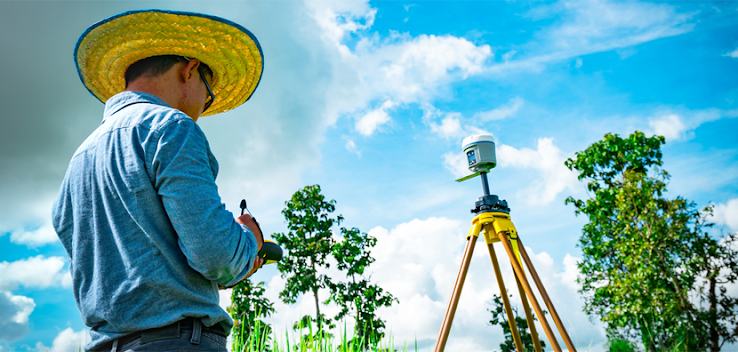A brief overview of the Ground-penetrating system.
To check about the internals in the ground the use of waves is not new. There is no doubt that the earliest work in this field is done with the help of radio-echo sounders to map the thickness of ice sheets in the Arctic and Antarctic and sound the thickness of glaciers. Although on land this process started in the early 1970s. GPR applications are limited only by the imagination and availability of suitable instrumentation. Nowadays we can clearly see the use of GPRs in various different areas including locating buried utilities, mine site evaluation, forensic investigations, and archaeological digs, searching for buried landmines and unexploded ordnance, and many more. Our company provides various other services to our clients and we can proudly say that our services are way better than others we also provide the best MASW Survey in India.
HOW DOES GPR WORK?
GPR uses frequencies from 1 to 1000 MHz in the microwave band. GPR requires two main things– a receiving antenna and a transmitter. The transmitter sends electromagnetic energy into the ground and starts evaluating. Ground Piercing Radar starts the process by emitting a palpitation into the face and recording the echoes that affect subterranean objects. The bias also describes variation in the composition of the ground material. Still, the viscosity of the object reflects, and refracts, If the electromagnetic impulse hits an object. The receiver detects the returning signals and records variations within them. The GPR system has software that translates these signals into images of the objects in the subsurface. This is how it's used to collude structures and serviceability buried in the ground or in man-made structures.
WHAT DOES GPR DETECT?
GPR signals can be used to find various kinds of items. This tool is most effective when there is a big difference between the electromagnetic property of the target and the surrounding material. We can find various kinds of items with the machine but the most common form them is: -
Metal,
Plastic,
PVC,
Concrete,
Natural materials.
GPR is frequently utilized to detect:
Underground utility lines and pipes,
Changes in ground strata,
Geological features and rock obstructions,
Air pockets or voids,
Excavated and back-filled areas,
Groundwater tables,
Bedrock.
Now, who are we? What do we offer? Shijay Projects India Private Limited is a company that surveys the land and gives you knowledge regarding underground things. This survey was mostly done before setting up a large site, factory, or plant.
ADVANTAGES OF GROUND-PENETRATING RADAR
There are various kinds of advantages of GPR before workers even break ground or start excavating. This method is an extremely cost-effective and non-invasive way of surveying.
This method is totally safe for use in public places and we can also use it on a variety of project sites.
It can detect all the metals and non-metals objects present underground.
With the use of GPR, one can easily measure the depth, length, and thickness of the target.
This will give you data in a very short span and can cover large areas at a time also.
In this system, only one side of the surface needed to be scanned in providing data.
In this system, frequencies can be regulated to deliver a range of resolution and penetration depths.
Data collected by the machine can be seen instantly and we can also save it for a long time.
This machine does not make any kind of disturbance on the ground.
As we already mentioned before it is way less expensive than other surveys. We can say that we are the best Ground-penetrating radar service provider in Delhi.

Comments
Post a Comment